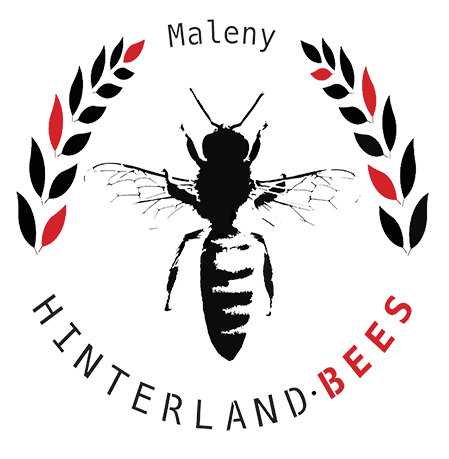Do Bees Get Depressed?
Why you should not be so quick to requeen and, why having more than one beehive is a good idea.
Sometimes a beehive will start to struggle for no apparent reason. The population decreases, the incoming resources (nectar and pollen) begin to dwindle, and without intervention, the hive is at real risk of dying out. This decline can be occurring while other beehives in the apiary are booming.
These struggling bees appear to be depressed, to anthropomorphise their state. But we should not think of bees in human terms, as individuals; we need to think of bees as a colony; a super-organism. The depressed state of a colony is probably best described as a collective malaise.
From my observations, this collective malaise is usually a result of a low population. There can be various causes of this, including:
a hive that has swarmed multiple times
an old or poorly mated queen
disease
genetics unsuited to local conditions
not enough pollen to support the developing larvae
A weak population usually also results in an imbalanced population. As bees of different ages have distinctive jobs within and outside the hive, it only takes an insufficient number of bees of a specific age to throw a colony out of kilter. Not enough foragers mean a lack of food coming into the hive. Not enough nurse bees to care for the developing larvae will force the queen to slow her egg-laying.
Traditionally beekeepers turn to requeening to fix many issues; a process where a new young queen replaces an old queen. But we shouldn't be so quick to blame the queen as there is another option to reverse the fortunes of a weak hive. Before giving up on a queen or a colony, consider adding more bees.
Needing more bees to add to a hive is when having more than one hive is a significant advantage. Sometimes a strong hive needs to be slowed down to prevent swarming, so, therefore, transferring bees can solve two problems at once.
However, bees can not just be transferred from one hive to another; this would most likely result in fighting, and the queen would be at risk of being killed. Eventually, most of the bees from the strong hive will fly back to their original hive anyway. There are, however, two safe options:
A frame or two of fully capped brood moved into the weak hive will see new bees will emerging and boosting the population in a matter of days.
An even quicker population boost is achieved by adding a frame or two of fully capped brood, including all of the bees covering those frames. The bee-covered frames first need to be placed into an empty box about 20 metres away. After 30 minutes, most of the older bees will fly back to their original hive, leaving only young nurse bees covering the frames. Young bees will readily integrate into the weak hive, instantly boosting the population.
A recent trap-out provided a great example of how increasing the population can help an ailing colony.
The purpose of the trap-out was to relocate a colony of bees from a tree in a school playground. The trap-out process involved a technique that allowed bees to exit the nest but not return, and in turn, the trapped-out bees were provided with an alternative home.
Because the queen remains inside the tree for several weeks after the commencement of a trap-out, the trapped-out bees become queenless. They need to be provided with either a new queen or very young larvae or eggs so that they can make a new queen.
For this trap-out, we used an alternative option - a weak 3-frame nucleus hive, including their queen, was placed inside the trap-out box. The trapped-out bees (which were the foraging bees returning with nectar and pollen) were attracted into the trap-out box looking for a place to deposit their supplies.
A weak colony used inside the trap-out box is unlikely to resist foragers from another hive bringing in new resources. The bonus in using an existing colony as the trap-out bait is the presence of emerging nurse bees plus some open brood, which is an extra attractant to trapped-out bees.
Over the eight weeks of the trap-out, the colony in the trap-out box began to thrive. It gained approximately 30kg in weight, and the queen rapidly increased her egg-laying. The hive almost reached a point of being honey-bound, where there is so much honey stored that the queen runs out of space to lay eggs. Consequently, the colony needed to be moved into a larger box to prevent it from swarming.
We need to remember that bees only live for about six weeks; therefore, after eight weeks, all of the bees in the trap-out box were daughters of the original queen of the weak 3-frame nuc. This nuc had stagnated for months before being used in the trap-out, yet once given a population boost, it developed into a strong, productive hive.
While other factors, such as greater access to nectar and pollen could have contributed to this colony's new lease on life, it stands to reason that the significant population increase had a substantial effect on the collective spirit of this beehive.
The evidence from this trap-out should question our willingness to requeen a hive before exploring other options such as boosting and balancing the population. For the hobbyist beekeeper, this is also a clear example of the benefit of having more than one beehive.
Owning a depressed beehive is no fun. The collective malaise rubs off on the beekeeper too.
